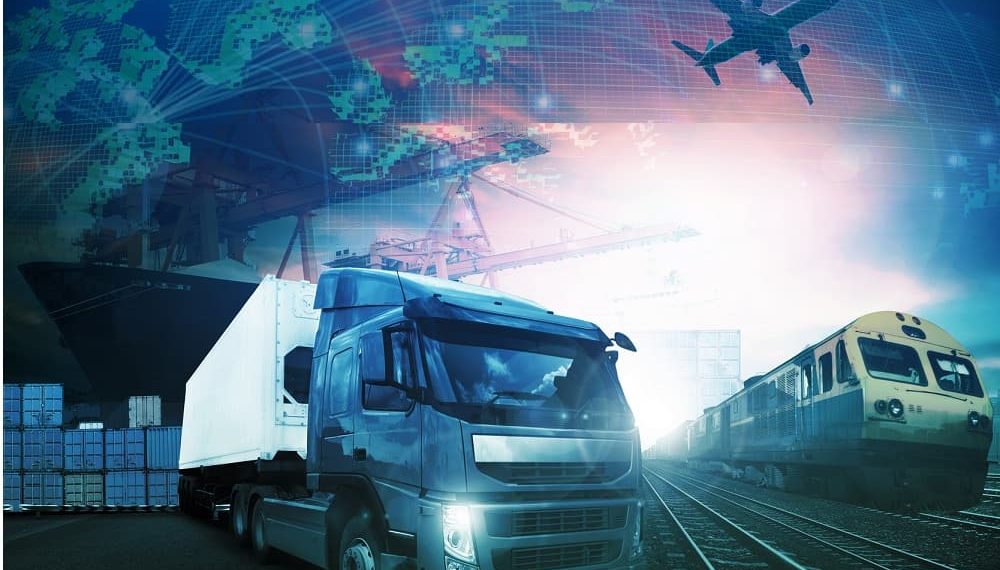A number of industry groups have made the case for the increased use of bio-LNG as a transportation fuel in Europe to help decarbonize heavy-duty transport and shipping in a “fast and cost-effective” way.
In a joint paper published Nov. 23, the European Biogas Association, Gas Infrastructure Europe, NGVA Europe and SEA-LNG called on the EU to to recognize the potential for bio-LNG to meet its greenhouse gas targets.
The paper comes ahead of the EU’s upcoming Smart Sustainable Mobility Strategy, which will be published by the European Commission in December.
Bio-LNG is a sustainable version of LNG produced by anaerobic digestion of organic matter such as food or animal waste.
The industry groups said EU production of bio-LNG is set to increase tenfold by 2030 and used together with LNG can help reduce CO2 emissions.
EU LNG heavy-duty transport is expected to reach 280,000 units by 2030. “Using a 40% bio-LNG mix with LNG will help reduce the CO2 emissions from those trucks by 55%,” they said.
This can be achieved using only 10% — or 40 TWh — of Europe’s total bio-LNG production of around 380 TWh. Shipping sector
In the shipping sector, the groups said 50% of large container vessel orders today are LNG-fueled or ready for conversion to LNG, and they stressed the potential that bio-LNG could have.
“20% of bio-LNG mix in maritime transport would reduce CO2 emissions by up to 34%,” they said. The world’s largest LNG bunkering operation to date was completed in Rotterdam last week, supplying 17,300 cu m of LNG to a French container vessel, 13% of which was bio-LNG.
The industry groups said bio-LNG can be transported using existing LNG infrastructure with no further technological adaptations or additional costs.
“For this reason, the support of LNG infrastructure is fundamental to ensure the deployment of bio-LNG in the coming years,” they said.
The EU has 53 ports where LNG bunkering is available and over 330 LNG filling stations.
The group said the number of filling stations would increase “exponentially” in the coming years to be six times bigger, reaching 2,000 by 2030.
‘Scalable’
Harmen Dekker, director of the European Biogas Association, said bio-LNG was available today and “scalable for tomorrow.”
“It is a sustainable and cost-competitive carbon-neutral fuel if we take into account all positive externalities of the bio-LNG value chain,” Dekker said.
“To ensure maximum production potential and maximum benefit for EU consumers, the new revision of the EU Renewable Energy Directive should integrate more feedstocks such as residues which cannot be used for other purposes and secondary crops,” he said.
“The EU must also create a single market for biomethane and bio-LNG by facilitating trading of volumes and certificates across EU borders free of technological or political barriers.”
Roxana Caliminte, Deputy Secretary General, Gas Infrastructure Europe, said existing LNG infrastructure can be used for bio-LNG with little or no modifications.
“There are no stranded assets – only scale-up effects for climate-neutral bio-LNG,” Caliminte said.
Industry is already moving to build out bio-LNG production capacity.
Nordsol, along with partners Renewi and Shell, last week announced the start of construction of the first bio-LNG project in Amsterdam’s Westpoort.
Renewi, a UK-based recycling company, will collect organic waste throughout the Netherlands and convert it into biogas, leaving Nordsol to liquify the product into bio-LNG.
After this, Shell will sell the volume at its LNG filling stations.
Bio-LNG has also gained traction in the bunker space, with Dutch LNG supplier Titan announcing in July that it received an EU grant to develop and expand a bio-LNG supply chain by introducing three bunker barges in Zeebrugge, Rotterdam and Lubeck.
On Nov. 19, France’s Air Liquide announced plans to build two biomethane plants in Italy, which will be accompanied by one filling station for the supply of bio-LNG.


































